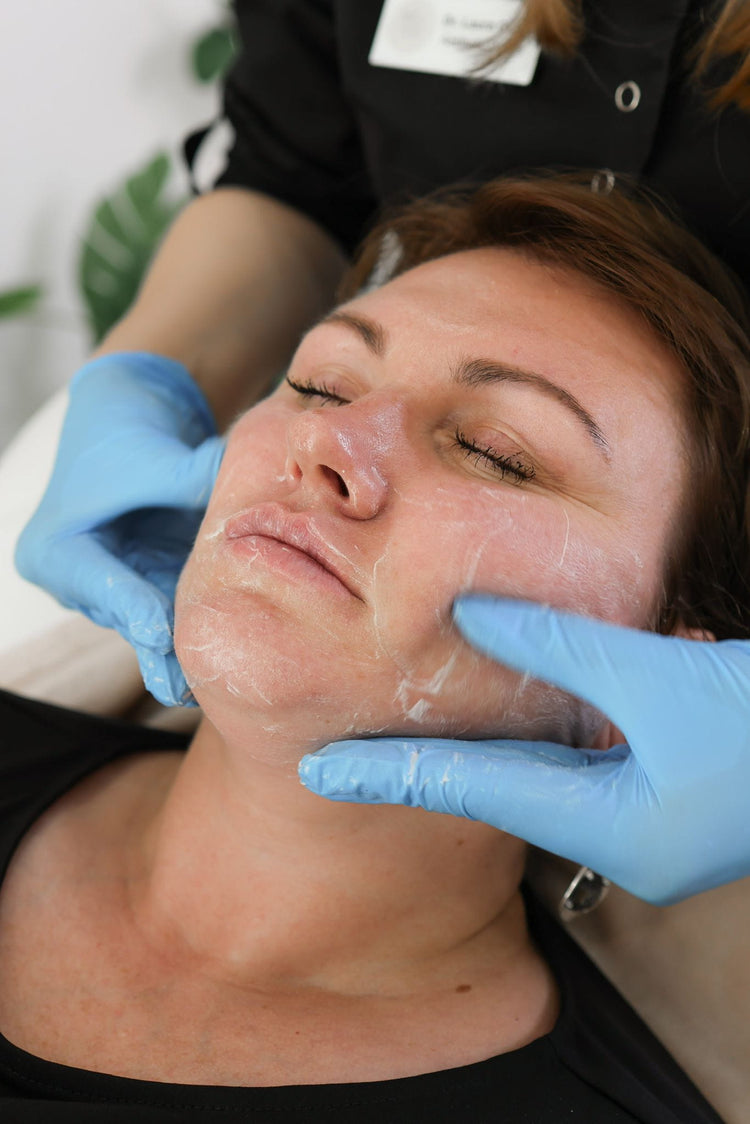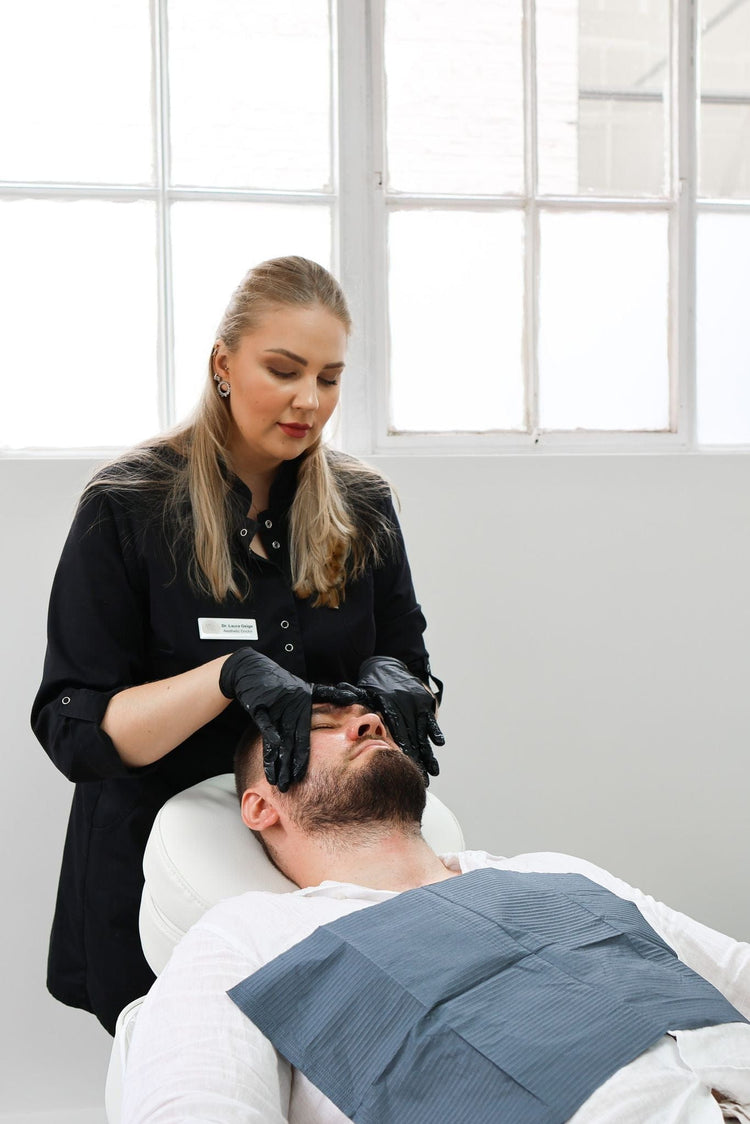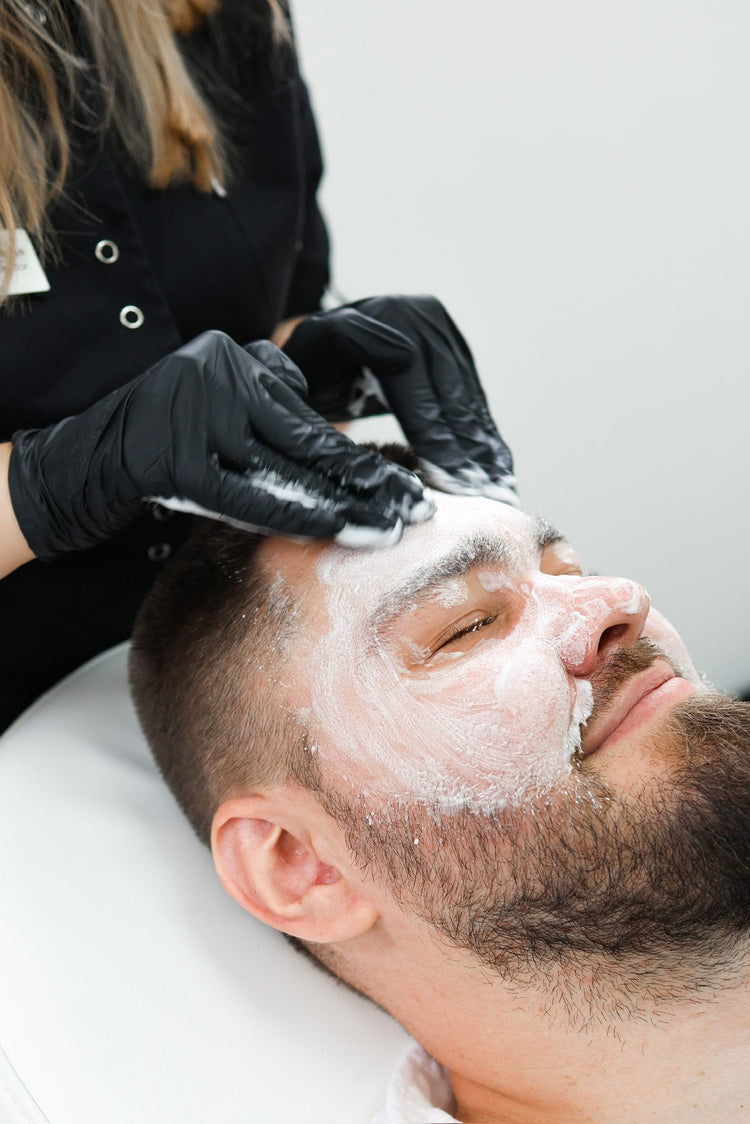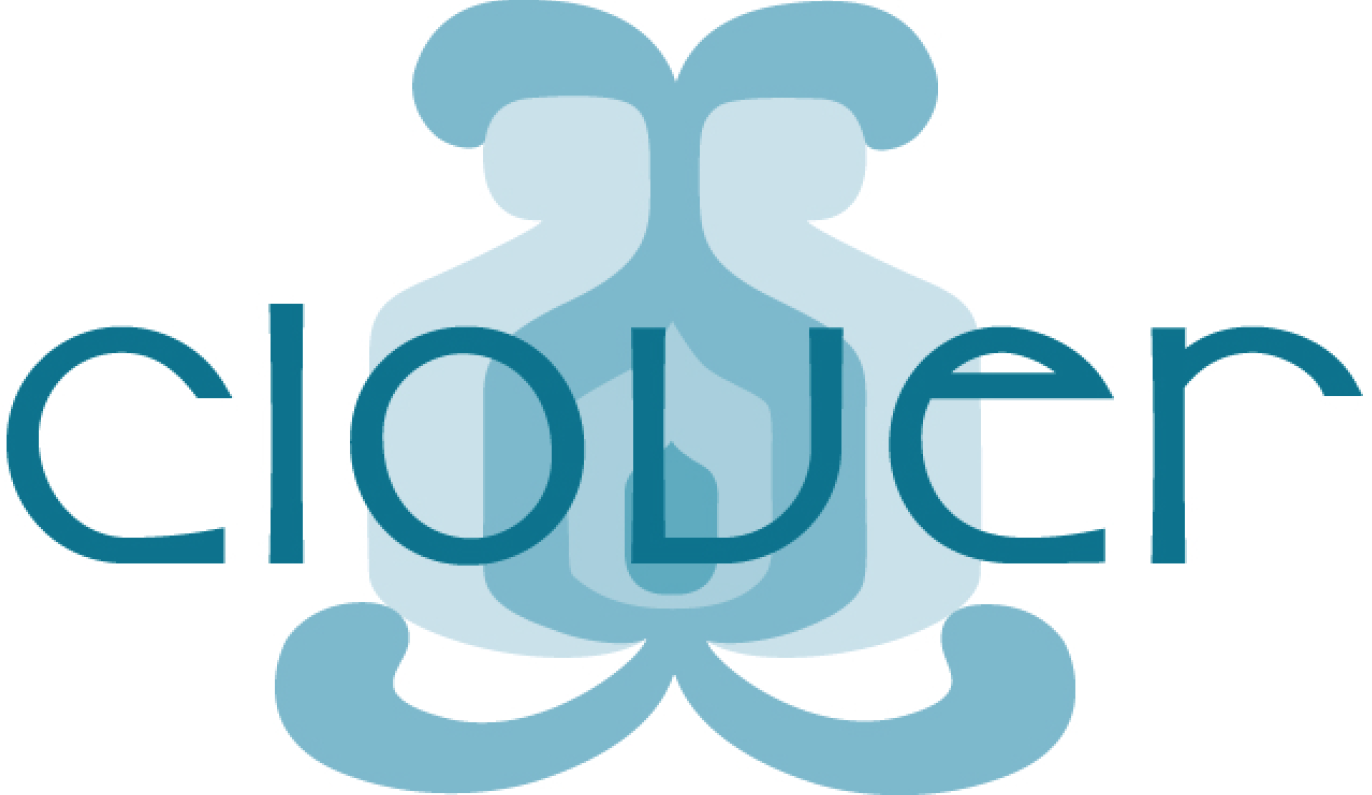Understanding Rosacea
Rosacea is a common skin condition that causes redness, flushing, and visible blood vessels on the face. It often affects the cheeks, nose, forehead, and chin, and can be triggered by various factors such as sun exposure, stress, and certain foods. While there’s no cure for rosacea, targeted skincare consultations can help manage its symptoms and improve skin health.
Causes and Symptoms of Rosacea
Rosacea is a chronic skin condition characterized by facial redness, flushing, visible blood vessels, and sometimes small, pus-filled bumps. It typically affects the central part of the face, including the cheeks, nose, chin, and forehead. While its exact cause is unknown, several factors are believed to contribute to rosacea development, such as genetics, immune system dysfunction, and environmental triggers like sun exposure, heat, wind, spicy foods, alcohol consumption, and stress.
Symptoms of rosacea can vary from person to person and range in severity. Common signs include facial flushing or redness that worsens with exertion or triggers, visible blood vessels (telangiectasia), small, red bumps or pimples (papules and pustules), skin thickening, and dryness.
Early diagnosis and management are crucial for controlling rosacea symptoms and preventing long-term skin damage. Skincare consultations play a vital role in developing personalized treatment plans tailored to individual needs and sensitivities.
Triggers of Rosacea Flare-Ups
Understanding the triggers of rosacea flare-ups is essential for managing this chronic skin condition effectively. Common triggers include sun exposure, which can cause inflammation and worsen redness. Heat and wind can also trigger flushing and exacerbate existing symptoms.
Certain foods and beverages are known to provoke rosacea flare-ups in some individuals. These include spicy foods, alcohol (especially red wine), hot drinks, and acidic foods like tomatoes and citrus fruits. Stress is another significant trigger, as it can increase blood flow to the skin and lead to flushing and redness.
Identifying and avoiding these triggers is crucial for minimizing rosacea flare-ups and improving overall skin health.
Targeted Skincare Solutions for Rosacea
Rosacea, a common skin condition characterized by facial redness, visible blood vessels, and sometimes bumps or pimples, can significantly impact one’s self-confidence and quality of life. While there is no cure for rosacea, targeted skincare consultations offer valuable solutions for managing its symptoms and improving skin health.
Gentle Cleansers and Moisturizers
For individuals with rosacea, gentle cleansers and moisturizers are essential components of a skincare routine. Harsh soaps or detergents can irritate sensitive rosacea-prone skin, leading to increased redness and inflammation. Opting for cleansers specifically formulated for sensitive skin or those labeled “fragrance-free” is recommended.
Moisturizers play a crucial role in maintaining the skin’s barrier function and hydration. Rosacea-prone skin can be prone to dryness, which can exacerbate symptoms. Look for moisturizers that are oil-free, non-comedogenic (won’t clog pores), and hypoallergenic. Ingredients like ceramides or hyaluronic acid can help soothe and hydrate the skin without causing irritation.
Prescription and Over-the-Counter Medications
Targeted skincare consultations for rosacea focus on addressing specific concerns and providing personalized solutions. During a consultation, a dermatologist or esthetician will assess the individual’s skin condition, triggers, and medical history to develop a tailored treatment plan.
Prescription medications can be effective in managing rosacea symptoms. Topical antibiotics, such as metronidazole or azelaic acid, help reduce inflammation and redness. Oral antibiotics like doxycycline may also be prescribed for more severe cases. For some individuals with persistent vascular symptoms, laser treatments or intense pulsed light (IPL) therapy may be recommended to target visible blood vessels.
Over-the-counter medications can provide relief from rosacea symptoms. Gentle cleansers formulated for sensitive skin are essential. Moisturizers containing calming ingredients like aloe vera or chamomile can soothe irritated skin. Sunscreen with a broad spectrum SPF 30 or higher is crucial to protect sensitive skin from sun damage, a common trigger for rosacea flare-ups.
Lifestyle modifications can also play a significant role in managing rosacea. Identifying and avoiding personal triggers, such as spicy foods, alcohol, and stress, is essential. Protecting the skin from excessive sun exposure, heat, and wind is also important.
Laser and Light Therapy Options
Rosacea treatment often involves a multi-faceted approach that addresses both internal and external factors. Skincare consultations play a crucial role in guiding patients towards effective management strategies.

Laser and light therapies offer promising options for reducing the appearance of visible blood vessels, a hallmark symptom of rosacea. Intense pulsed light (IPL) therapy utilizes broad spectrum light to target and break down dilated capillaries, minimizing their visibility. Pulsed dye lasers, on the other hand, emit specific wavelengths of light that selectively target red blood vessels, leading to their gradual fading.
The choice between IPL and laser therapy depends on individual skin type, severity of vascularity, and desired outcomes. Both treatments are typically well-tolerated but may cause temporary redness and mild discomfort. A series of treatments spaced several weeks apart is often required for optimal results.
Lifestyle Modifications for Rosacea Management
Rosacea is a common skin condition characterized by facial redness, visible blood vessels, and sometimes bumps or pimples. While there’s no cure, targeted skincare consultations can help manage symptoms and improve skin health. These consultations involve assessing triggers, skin sensitivities, and medical history to develop a personalized treatment plan.
Sun Protection Strategies
Lifestyle modifications are crucial for managing rosacea effectively. By understanding and addressing triggers, individuals can minimize flare-ups and improve their skin’s overall health.
- Limit sun exposure by wearing protective clothing, seeking shade, and using sunscreen with a broad spectrum SPF of 30 or higher daily.
- Identify and avoid personal triggers such as spicy foods, alcohol, hot beverages, and stress.
- Moisturize regularly with oil-free, non-comedogenic products to maintain skin hydration and prevent dryness.
- Cleanse gently with mild, fragrance-free cleansers formulated for sensitive skin.
Sun protection is essential for rosacea management as sun exposure can significantly worsen symptoms. The use of sunscreen daily, even on cloudy days, is crucial to protect sensitive skin from the harmful effects of ultraviolet (UV) radiation.
- Choose broad-spectrum sunscreen with an SPF of 30 or higher to protect against both UVA and UVB rays.
- Apply sunscreen generously and evenly to all exposed skin, reapplying every two hours or more frequently if swimming or sweating.
- Seek shade during peak sun hours (10 a.m. to 4 p.m.)
- Wear protective clothing such as wide-brimmed hats and sunglasses to shield the face, neck, and eyes from the sun’s rays.
Dietary Considerations
Lifestyle modifications can significantly contribute to managing rosacea symptoms. Understanding your triggers and making conscious choices can help minimize flare-ups and improve skin health.
One crucial aspect is limiting sun exposure, as it can exacerbate redness and inflammation. Always wear sunscreen with a broad spectrum SPF of 30 or higher, even on cloudy days. Seek shade during peak sun hours (10 a.m. to 4 p.m.) and consider protective clothing like hats and sunglasses.
Diet also plays a role in rosacea management. Some individuals find that certain foods trigger flare-ups, such as spicy foods, alcohol (especially red wine), hot beverages, acidic foods (tomatoes, citrus fruits), and processed foods. Keeping a food diary can help identify personal triggers.
Stress is another known trigger for rosacea. Managing stress through techniques like yoga, meditation, deep breathing exercises, or spending time in nature can help minimize flare-ups.
Regular exercise has numerous health benefits, including potential improvements in rosacea symptoms. Aim for at least 30 minutes of moderate-intensity exercise most days of the week.
Adequate sleep is essential for overall well-being and can positively impact skin health. Most adults need around 7-9 hours of quality sleep per night.
Stress Management Techniques
Lifestyle modifications play a vital role in managing rosacea symptoms. By making conscious choices and adopting healthy habits, individuals can effectively minimize flare-ups and improve their skin’s overall health.
One crucial aspect is stress management, as stress is a known trigger for rosacea. Engaging in relaxation techniques such as yoga, meditation, deep breathing exercises, or spending time in nature can help reduce stress levels and minimize the likelihood of flare-ups.
Regular physical activity offers numerous health benefits, including potential improvements in rosacea symptoms. Aiming for at least 30 minutes of moderate-intensity exercise most days of the week can help regulate blood flow, improve circulation, and reduce stress, which can all contribute to better skin health.
Adequate sleep is essential for overall well-being and can positively impact skin health. Most adults need around 7-9 hours of quality sleep per night.
Importance of Professional Guidance
Navigating the complexities of a skin condition like rosacea can be challenging. Understanding its nuances, triggers, and effective management strategies is crucial for achieving and maintaining healthy skin. Professional guidance through skincare consultations plays a vital role in this process.
Customized Treatment Plans
Professional skincare consultations are essential for individuals with rosacea because they provide personalized treatment plans tailored to specific needs and sensitivities. During a consultation, a dermatologist or esthetician will assess the individual’s skin condition, triggers, and medical history to develop a comprehensive approach to managing symptoms.
Customized treatment plans address both internal and external factors contributing to rosacea. For example, identifying personal triggers like spicy foods, alcohol, or stress allows for dietary and lifestyle modifications to minimize flare-ups. Professionals can also recommend suitable skincare products, such as gentle cleansers, oil-free moisturizers, and sunscreens with broad-spectrum protection, SPF 30 or higher.
Beyond topical treatments, professional guidance may involve prescription medications like antibiotics for reducing inflammation and redness, or laser therapies to target visible blood vessels. A healthcare professional can determine the most appropriate treatment options based on the severity and individual characteristics of rosacea.

Seeking professional help ensures accurate diagnosis, effective treatment strategies, and ongoing support in managing this chronic skin condition. This personalized approach leads to better symptom control, improved skin health, and enhanced quality of life for individuals with rosacea.
Monitoring Progress and Adjustments
Professional guidance is crucial for effectively managing skin conditions like rosacea. A dermatologist or esthetician can provide a personalized treatment plan tailored to an individual’s specific needs and sensitivities.
This involves a thorough assessment of the skin condition, triggers, medical history, and lifestyle factors. The professional can then recommend appropriate skincare products, lifestyle modifications, and potentially prescription medications.
Regular monitoring of progress is essential for adjusting treatment plans as needed. What works well initially might require modification over time as skin conditions evolve or individual circumstances change.
Addressing Underlying Skin Conditions
Professional guidance is essential for effectively addressing underlying skin conditions like rosacea. A dermatologist or esthetician can provide a personalized assessment and recommend tailored treatment strategies. This involves identifying triggers, determining suitable skincare products, and exploring potential medical interventions.

Through regular consultations, professionals can monitor progress, make adjustments to treatment plans as needed, and offer ongoing support for managing symptoms and improving skin health. Seeking expert advice empowers individuals to take control of their skin condition and achieve optimal results.
Book your customized skin treatment plan with Dr. Laura Geige at It’s Me & You Clinic
